The 12 creepiest archaeological discoveries this year, from a portal to the underworld to a 17th-century 'vampire child'
Researchers this year discovered ancient artifacts that ranged from unusual to truly creepy.
Unsettling finds included a necromancer portal to the underworld and a 17th-century "vampire child."
Here are some of the creepiest archaeological finds from the year.
In their unending quest to help us understand the history of the world around us, archaeologists this year unearthed mysteries that range from the unusual to the truly terrifying.
From a suspected necromancer's portal to the underworld, complete with human skulls arranged in patterns nearby, to a 17th-century "vampire child" found buried with a padlock on its foot to prevent it from rising again, the intriguing finds from researchers this year aren't just intriguing discoveries — they're also cause for losing sleep.
Here's what they dug up:
Dozens of headless bodies in a 7,000-year-old mass grave
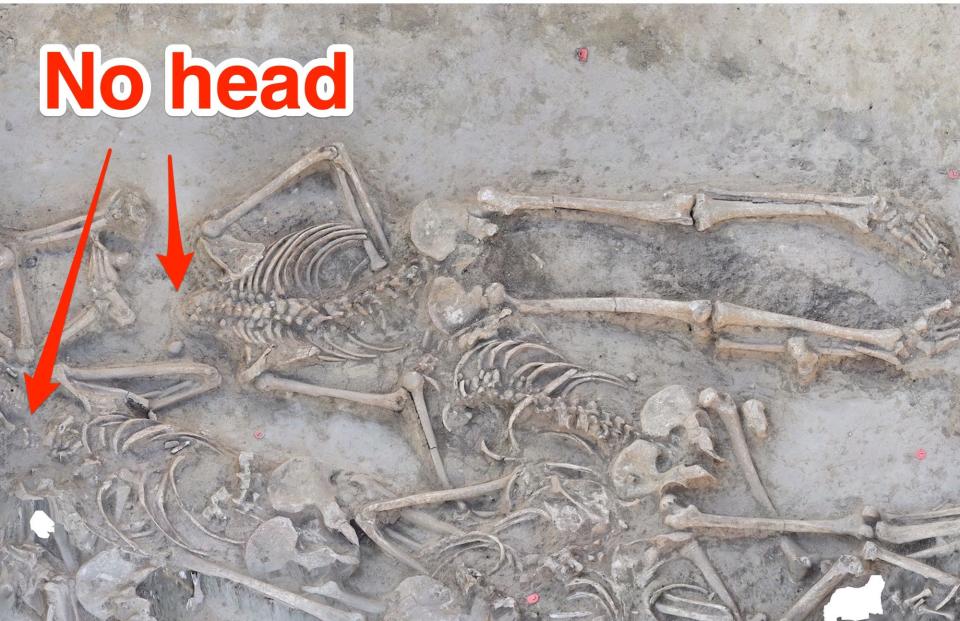
A 7,000-year-old grave filled with decapitated skeletons was discovered in Slovakia early in the year, with archaeologists uncovering the remains of 38 people, all without heads — with the exception of one child.
A mysterious Japanese 'mermaid' mummy

A mummified "mermaid" was caught in a fishing net in the 1700s and kept as a sacred object in Japan, though not much was known about it until this year. Researchers only recently discovered the mysterious artifact was a grotesque talisman made of bones, pufferfish skin, and animal hair meant to bring the owner long life.
A 2,000-year-old ancient Roman dildo
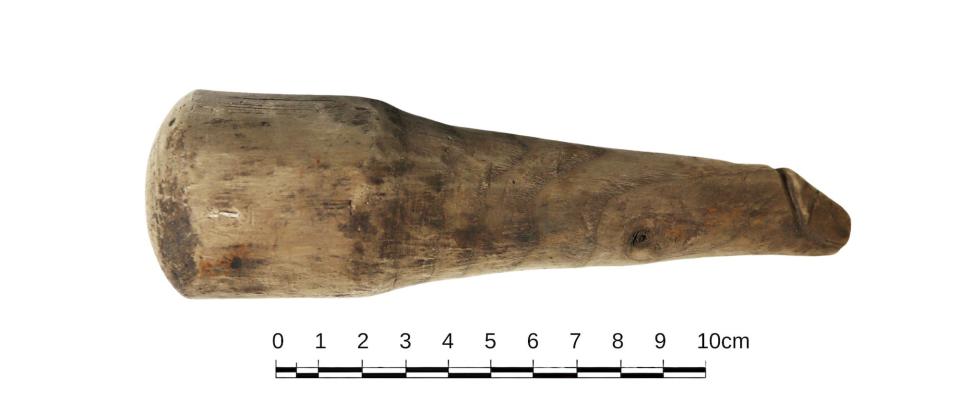
An ancient Roman object long believed to have been a darning tool could actually have been a dildo, scholars determined this year. While the object was first thought to be used in darning, as it was found near clothes and shoes, archaologists now say it probably had a much more racy purpose.
'Magical' nails meant to stop the spirits of the dead from haunting the living
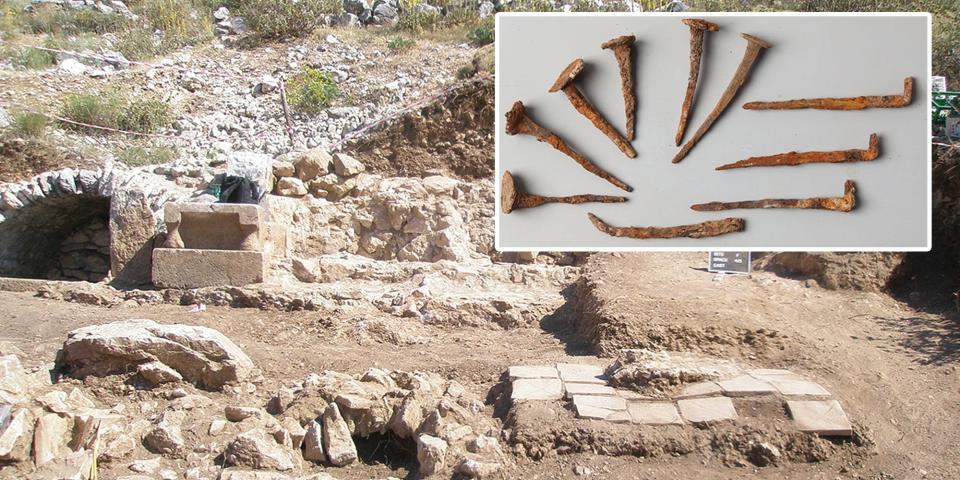
Archaeologists found bent nails, lime, and brick near a Roman burial site that they believe may have been charms to stop the restless dead from interfering with the living by pining the spirit of the dead down to the grave.
Bodies buried with coins in their mouths as payment to the ferryman of the underworld
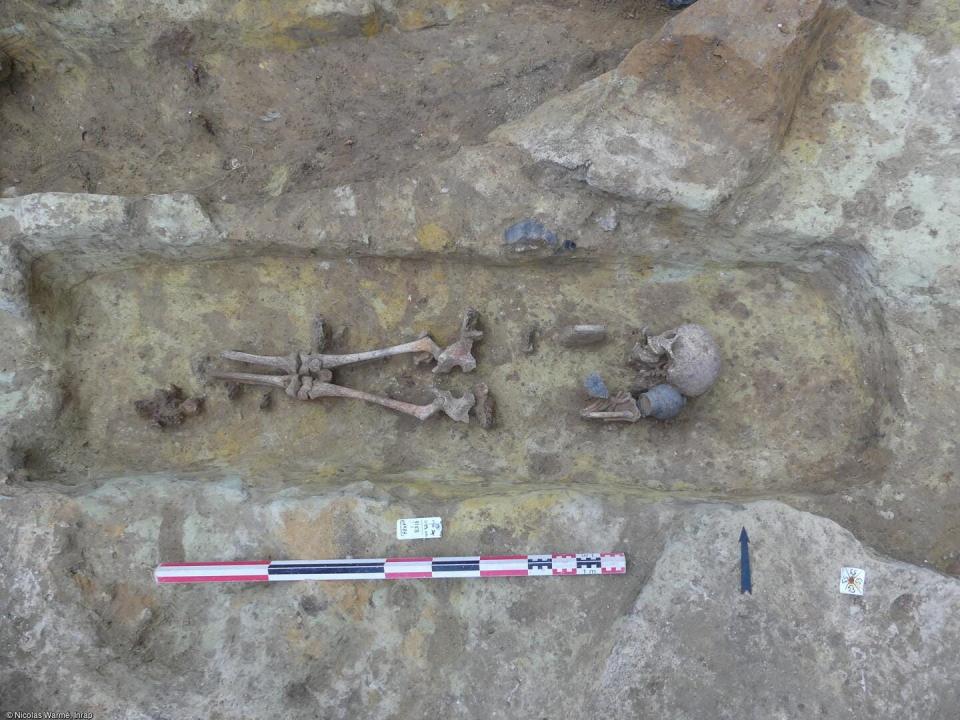
Archaeologists unearthed a 2,000-year-old necropolis containing bodies buried with typical artifacts nearby like cloth and coin, as well as a pig's skeleton. Several bodies had coins in their mouths, likely as a form of payment to the ferryman of the underworld, Charon.
A necromancer's portal to the underworld in Jerusalem
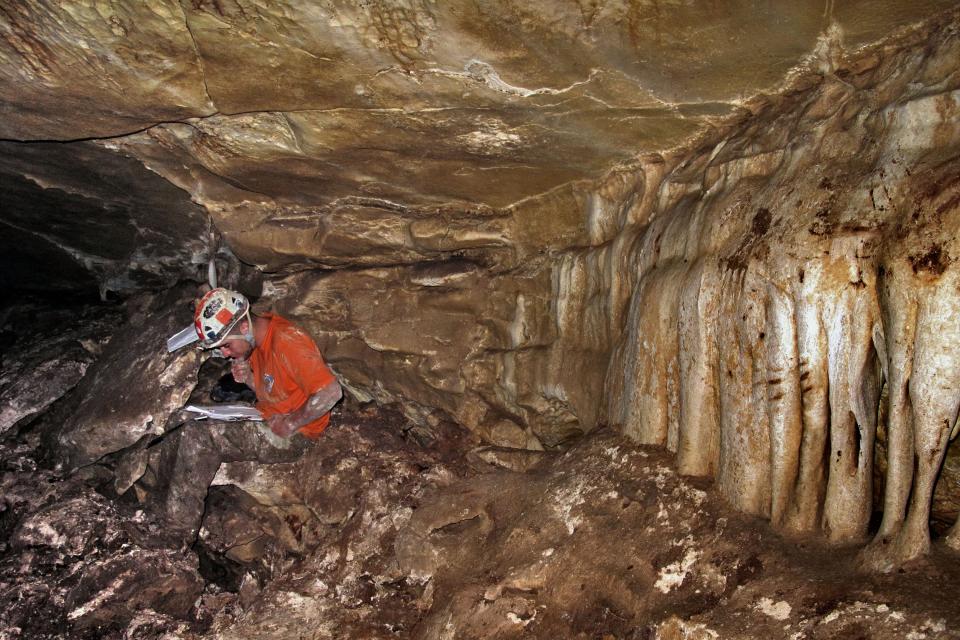
Israeli researchers discovered possible evidence of "ritual magic" in a deep cave in the Judaean hills. Human skulls were arranged in patterns near oil lamps in the cave, with daggers and axe heads nearby. The artifacts are thought to be necromancer tools, as caves were considered portals to the underworld.
417 ancient Mayans cities connected by 'superhighways"

A peculiar 3,000-year-old priestly tomb was unearthed in Peru's Pacopampa archaeological site. The remains of the priest, a suspected cult leader who worshipped predatory animals, were found face down and with legs crossed alongside an artifact made of human bone — which a dig researcher told Insider may have served as protection for the living from his "powerful abilities."
A skeleton with a prosthetic hand
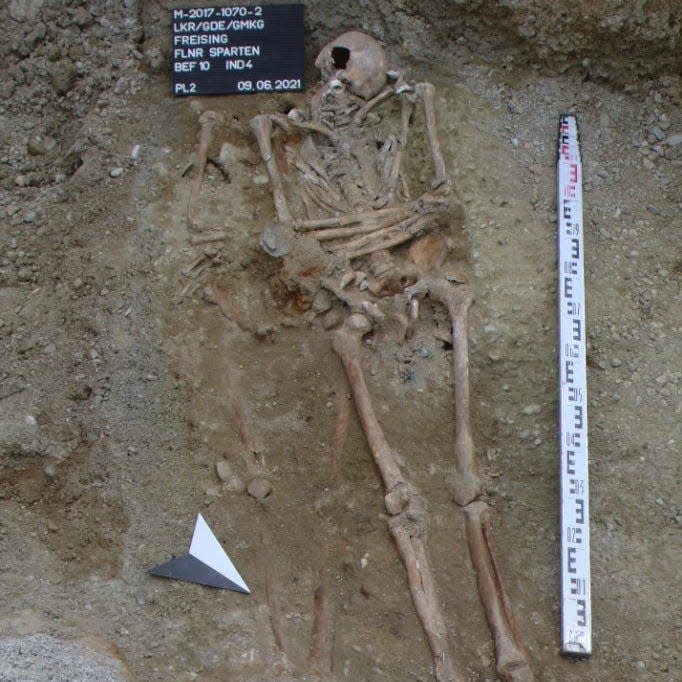
Archaeologists in Germany unearthed a skeleton with an iron prosthetic hand, which replaced four missing fingers, that is believed to be nearly 600 years old. The discovery offered a glimpse into the advanced medical capabilities of the time.
A 1,000-year-old mummy with a head of luscious long brown hair
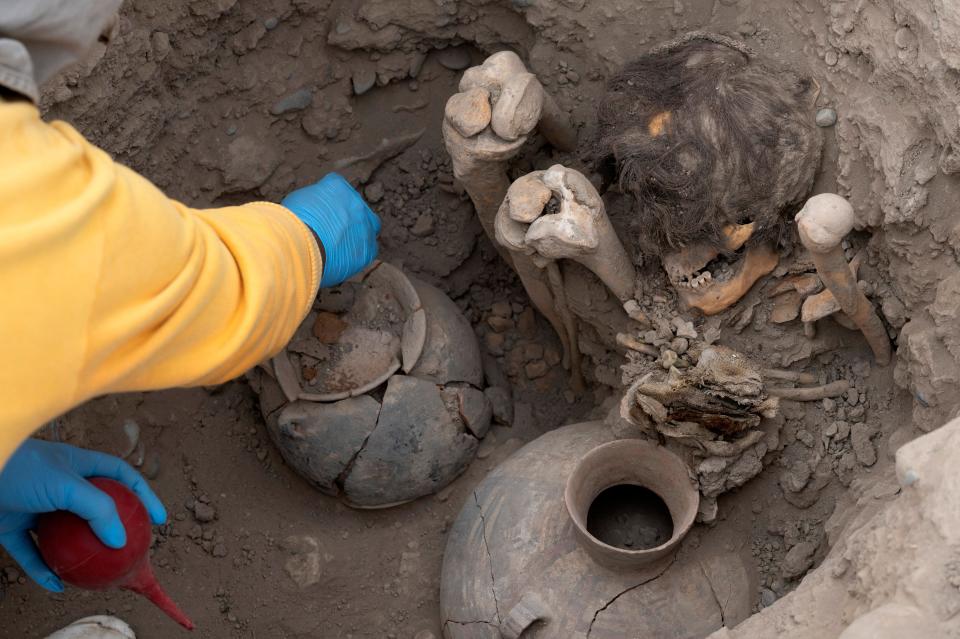
Researchers in Peru found a buried mummy that could date back a millennium. The remains, which had a full head of long brown hair, were found in a shallow grave sitting up right and buried with ancient artifacts.
A 17th-century 'vampire child' with a padlocked ankle
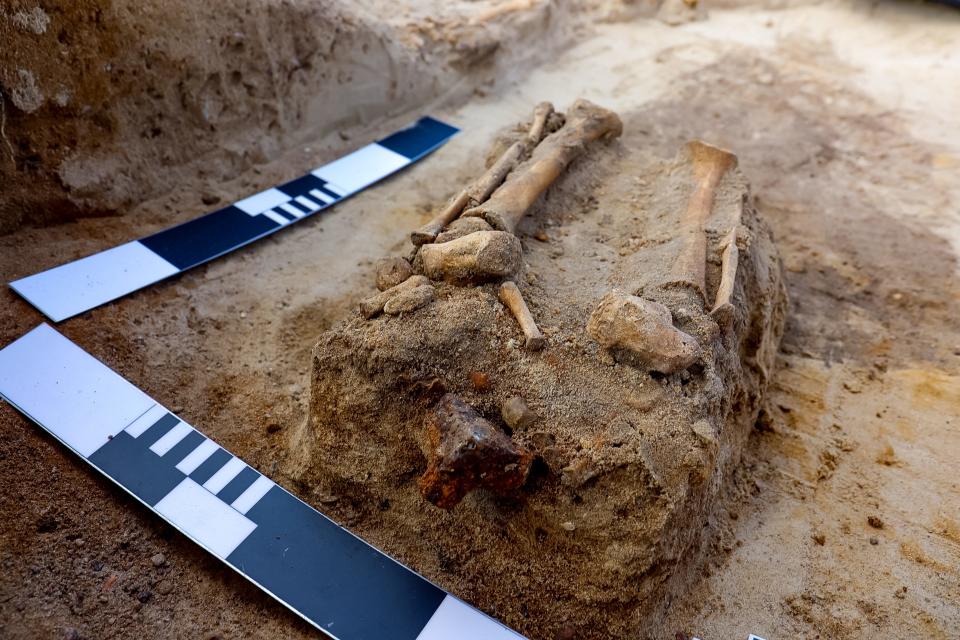
Researchers unearthed the skeletal remains of a "vampire child" in a Polish graveyard, buried face down with a triangular padlock on its foot. The remains are evidence of anti-vampiric burial techniques that were used across Europe starting in the 14th century.
417 ancient Mayans cities connected by 'superhighways'
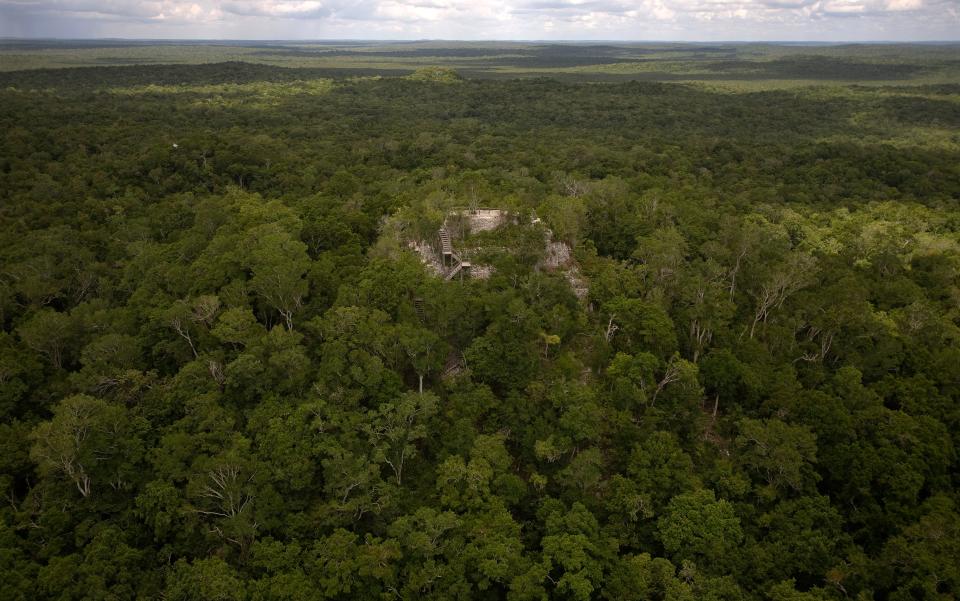
Scientists in Guatemala believe they have discovered "the first freeway system in the world," after they found ancient Mayans built 417 cities interconnected by 110 miles of "superhighways" that, today, are only accessible by helicopter and a challenging 40 mile hike through dense, Jaguar and snake-filled rainforest.
An ancient Egyptian book of spells to guide the dead in the afterlife
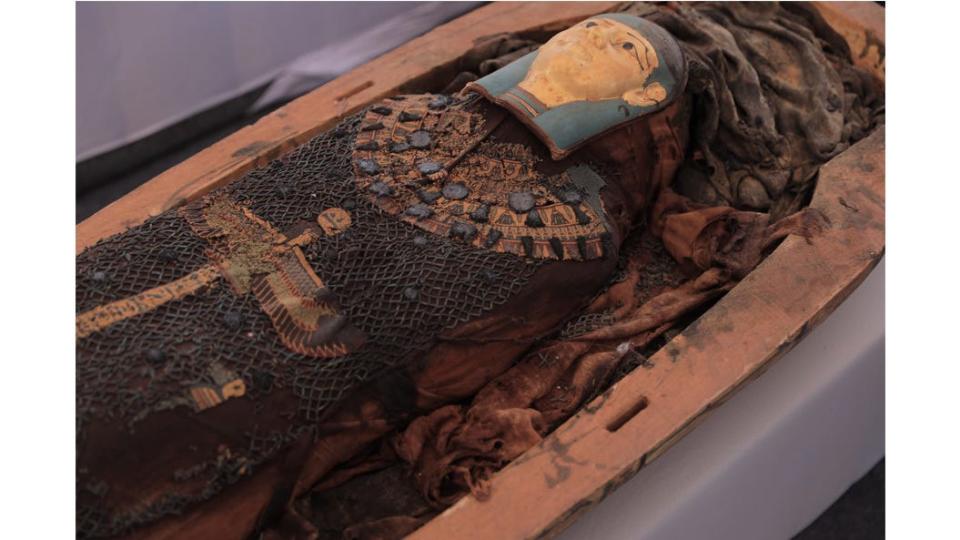
Archaeologists uncovered a copy of the "Book of the Dead" in an ancient Egyptian cemetery, found alongside the mummies of high-ranking officials. The document was used by Egyptian priests to guide the dead to the afterlife.
Read the original article on Business Insider

 Yahoo News
Yahoo News 
